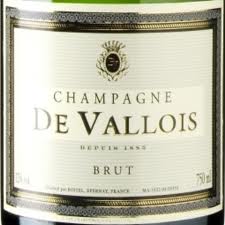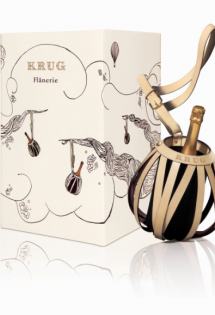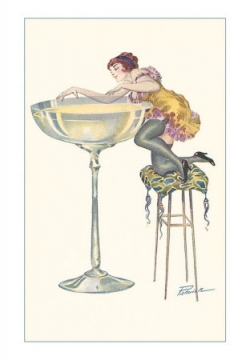Celebrate with the Christmas Tarlant Advent Calendar!
Each day a gift!
Share and Cheers!
Benoit Tarlant
Click on: www.champagne-christmas.com
la famille Tarlant vous offre une surprise du 1er au 25 décembre pour que les Fêtes commencent dès à présent,
du rêve, des sourires, de la joie, du partage et d’inimitables bulles!
A vous de jouer, et de partager autour de vous!
www.champagne-christmas.com
Benoit Tarlant






